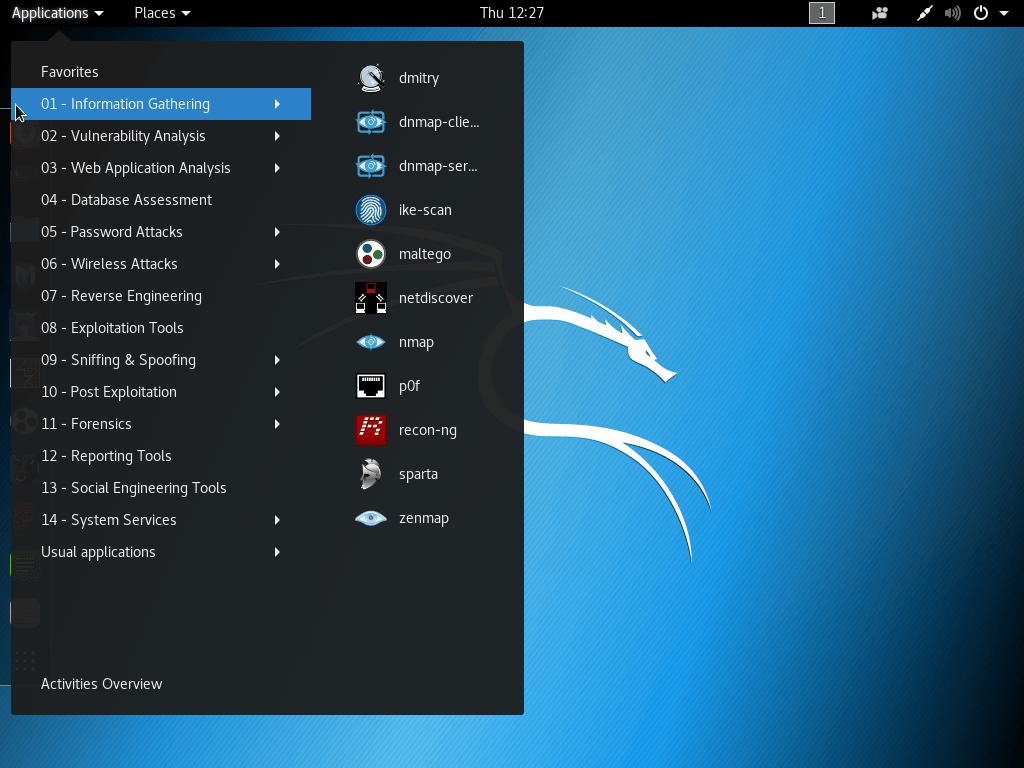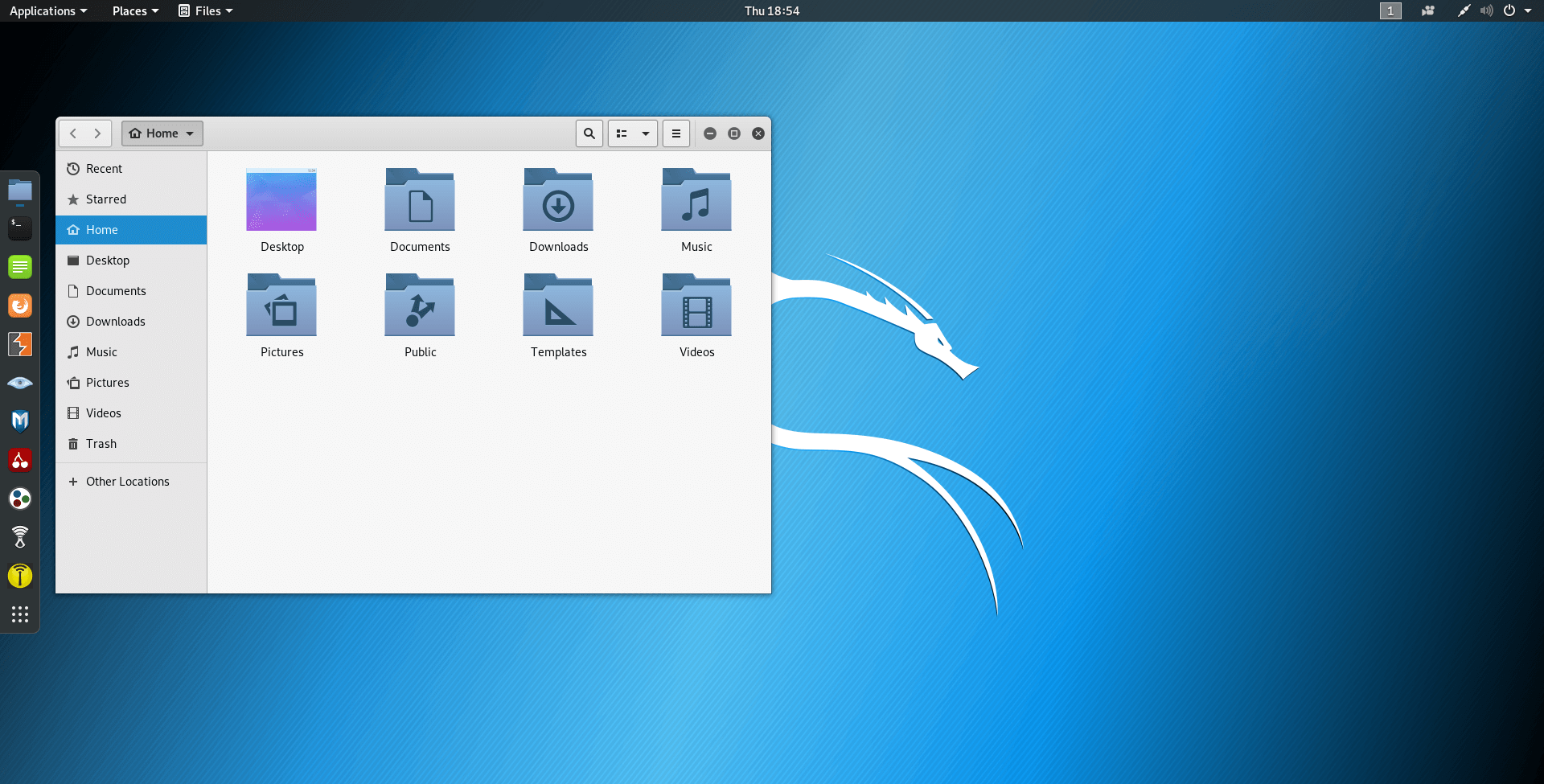

Open the USB bootable creation software, and select the ISO image file of Kali Linux 2020.3, and start the process.Plug in a USB flash drive (at least 8-16 GB of space) with your PC.Install a USB bootable creation software (such as Rufus) on your Windows PC.Download the Kali Linux 2020.3 ISO image file from the download section.Installation instructions Starting installer in PC (via USB) Most tools in Kali Linux work through the command line, while some of them also have graphical user interfaces such as Wireshark, Burp suite and Armitage. As soon as you launch a tool, you do not need you to write a custom program and programming code to attack, you can read the instructions in the terminal window and type the command. According to the Kali Linux tools directory, there are hundreds of pre-installed security tools in the operating system that allows attacking any computer system, gathering information, forensics, reverse engineering, crack passwords, snifting and snipfing etc. Kali Linux is a free and open source Linux operating system specially designed for penetration testing (computer system security) using a wide range of available security tools. Compared to previous releases, this Kali Linux version includes some new features and updates, such as Added new Z shell (will replace BASH in future updates), new Win-KeX package, auto HiDPI display support, new tool icon, minor updates to GNOME desktop environment and more.įor more information the release, read the official note of the Kali Linux 2020.3.


It is available for installing 32-bit and 64-bit versions, and a choice of different desktop environments such as KDE, LXDE, and MATE is available in a single ISO image file.

Kali Linux 2020.3 was released on August 18, 2020, it was preceded by version 2020.2 and was available for desktop / laptop computers.


 0 kommentar(er)
0 kommentar(er)
